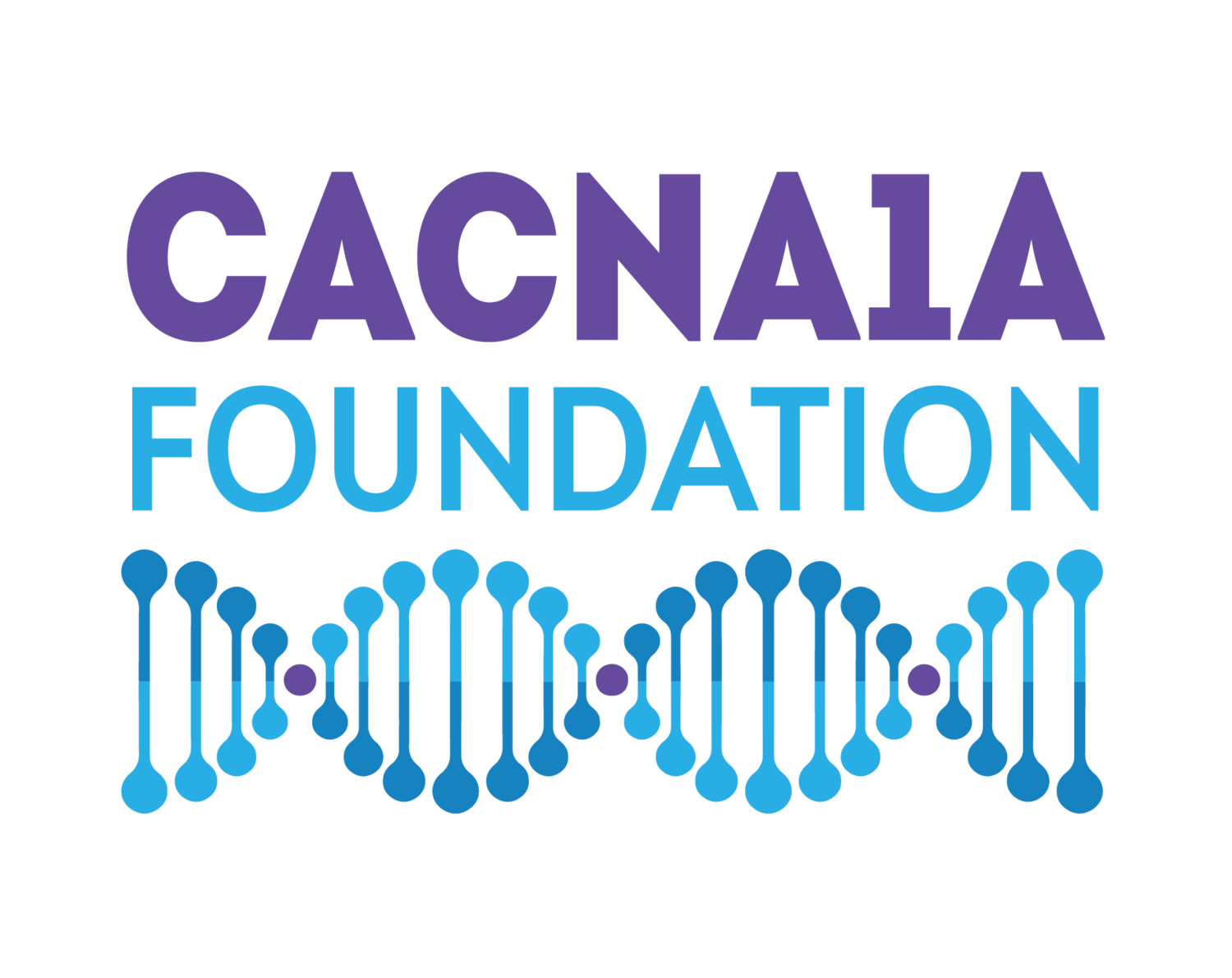Sydney’s Story
Our beautiful Sydney was born in 2012, after a healthy pregnancy and delivery. She is now seven years old, with an infectious smile and energy that draws people to her. Sydney loves being with her family and adores her little sister. She enjoys swimming, being outdoors, playing house and hair salon, being a mommy to her baby dolls, and loves unicorns and donuts!
Variant:
p.R1349Q (p.Arg1349Gln)
c.4046; G>A
Gain of Function
History
At three months of age, Sydney began to exhibit delays with her visual tracking, followed by physical delays, including the inability to roll over, crawl, or sit up (these milestones were eventually met, though at a much later age). Expressive speech delays also became apparent as Sydney aged. Thus began our journey with countless specialists, appointments, and of course, being faced with all of the unknowns regarding her progress and future.
By eight months of age, Sydney was receiving Early Intervention therapies, which over the years, morphed into a very busy schedule of physical therapy, occupational therapy, vision therapy, speech therapy, special education therapy, and aqua therapy until age three (one of Sydney’s favorite activities is to swim and it has been so beneficial for her).
These services had a tremendous impact on her development. We are so lucky that she had such a successful introduction to not only an education but to core therapies that will be part of her life for years to come. Sydney loved interacting with her therapists and teachers and still does to this day.
During this time, we feverishly searched for a diagnosis. All the local doctors we consulted were at a loss with her symptoms. As efforts in our hometown were proving to be less than fruitful, we decided to travel to see several neurological specialists at the renowned Children’s Hospital of Philadelphia, where Sydney was finally diagnosed, just shy of her second birthday.
We consider ourselves fortunate to have discovered her gene mutation so early on in her life, even though it felt like an eternity seeking it out. There is no history of CACNA1a in our family; it is a de novo mutation. As one physician put it to us, this was like “lightning striking.”
Diagnoses
Sydney presents with chronic ataxia, but also with hypotonia, vertical nystagmus, and delays in her fine and gross motor skills and expressive language. Most importantly, as this condition adversely affects her gross motor skills the most, she cannot stand or walk independently and is at risk for easily falling when in a seated position. She requires total 1:1 support for all transfers.
Around three and a half years of age, Sydney began suffering from hemiplegic migraines, both sporadic and due to head trauma (even the slightest head bump can trigger a migraine). We take great precautions to protect her head. When engaged in more strenuous physical activity, in gym class, or when seated on the floor independently, Sydney will wear a Comfy Cap, a medical-grade soft helmet. Sydney has also found great relief from hemiplegic migraines with daily preventative medication.
Despite everything, Sydney is incredibly smart, strong, and has great endurance. She is able to self-propel and navigate her wheelchair and dynamic stander with ease. She can balance well enough in a seated position when on the floor, and can army crawl and transfer from laying on her stomach to sitting upright. As for her language skills, Sydney’s receptive language is and always has been fantastic; she is also making great strides with her expressive speech and is becoming more easily understood by others. She also uses the iPad program, TouchChat, to communicate her needs. Sydney has astigmatism and wears prescription glasses as needed, as well.
Education
After receiving extensive Early Intervention services in our home, Sydney transitioned to a center-based preschool for special needs children from ages three to five, where she received all of her therapy services and was supported by a 1:1 aide at all times. Sydney made such remarkable progress that by age 5, it was recommended that she transition to our home district’s public elementary school. She still receives multiple therapy sessions a week (speech, occupational, and physical therapy) and is in a special education class setting (12:1:5) with a 1:1 aide. Sydney truly loves her teachers, friends, and therapists dearly. This exposure to an inclusive environment has proven to be most successful for Sydney; she continues to thrive and grow in truly amazing ways each and every school year.
For Those Newly Diagnosed
Love your child to the utmost and make sure they feel that love. Surround yourselves with supportive people. Celebrate every accomplishment. Empathize during his or her difficult moments and learn from one another.
Ultimately, you will forever be your child’s biggest cheerleader and strongest advocate. Don’t be afraid to ask for that second opinion, to challenge that insurance decision, or petition for accessibility within your community. It can make all the difference in the world.
Finally, take life as it comes, one day at a time; you’ll always be cognizant of what should have been or what could be, but it’s important not to continually dwell in that realm. Rather, exist in the here and now.


